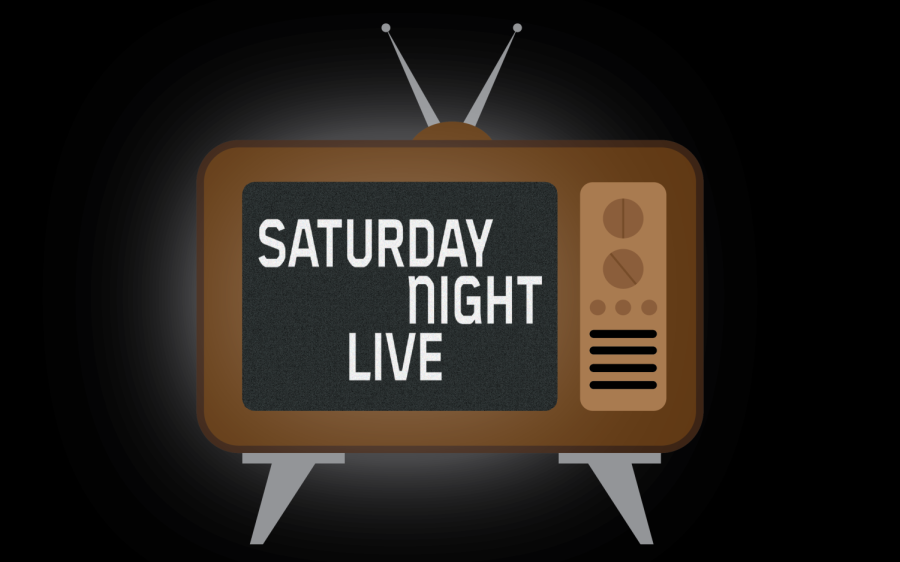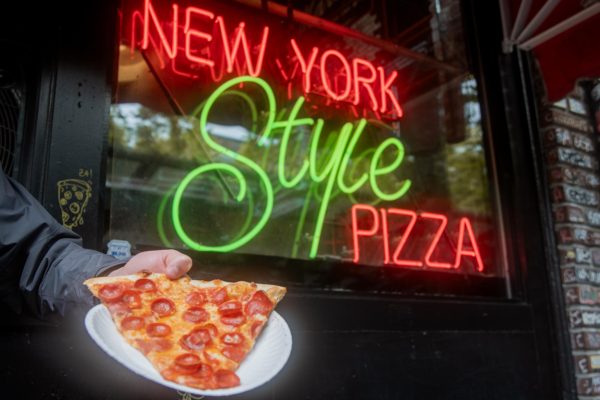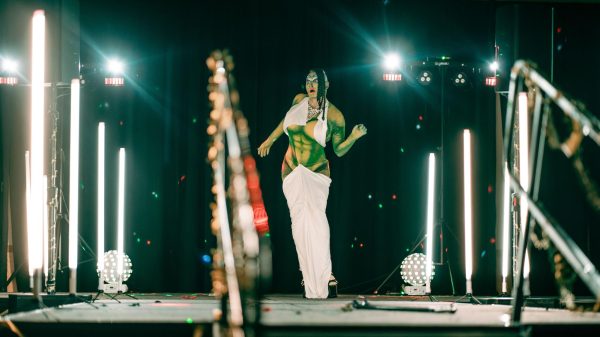The Evolution of Late Night TV: Is This What The People Want?
From the first major late-night program in 1950 to the array of new iterations now, there have been changes to the landscape of cable TV. One of the most popular programs has always been “Saturday Night Live” (SNL). Recently, SNL re-designed their logo and brought on many new cast members. Unlike the smaller changes they occasionally make to branding, the logo was a complete switch from a cold and modern feel to a warm and vintage one. While this change was relatively mundane, viewers were shocked nonetheless, analyzing what it could mean.
Seattle University Assistant Professor of Communications, Victor Evans, spoke on some grander changes in late-night television. He noted the increased diversity in SNL cast.
“It’s gotten way more political…It’s become so much of pop-culture that even [the] New York Times is saying what the late-night talk show hosts are talking about,” Evans said. “The skits that they do kind of follow the same sort of parameters in terms of politics or making fun of certain political figures. Their content isn’t as original as it could be.”
With some of late-night television’s evolution being disliked by commentators, Evans has some ideas for updating late night shows in general.
“They need to get rid of those hosts, I mean all of them are white men,” Evans said. “They all represent a patriarchy that we are all very used to.”
Of SNL specifically, Evans didn’t think the same.
“I don’t think diversity is SNL’s problem as much as the content – I think they just need to update their content a little more,” Evans said. “Having a more diverse cast has allowed them to do some different skits than they could do before.”
Jacquie Estrada, 23-year-old Seattle Pacific University alumna has realized that as she’s gotten older, she’s experienced more media that has made her want to keep up with celebrities, which is a usual function of late night TV.
“I love interviews and game segments like Jimmy Fallon or James Cordon carpool karaoke because you are able to see how the celebrities are outside of a role,” Estrada said.
Estrada added how she would evolve late-night television so it feels more updated to viewers.
“I think eliminating any negativity in the jokes and conversation had by talk show hosts or others involved. I think we are still learning what is and isn’t problematic and with the pace things can spread online, one statement can jeopardize someone else’s life or career in seconds,” Estrada said.
Evans doesn’t think late-night television has the objective of appealing to a younger audience.
“If you’re going to get to a younger audience, then we need different people out there hosting a late-night talk show,” Evans said.
Adrianna Martinez, a second-year computer science major at Seattle U, thinks that historically, the jokes included in these programs have appealed to their adult audiences.
“However, I feel that the jokes being made cross a line as to what is appropriate in regards to cultural movements. In a sense, if the jokes being made in these late-night shows are making fun of things people can’t control, is it actually comedy? I would like to see a more progressive approach in the content making as offensive media is now a thing of the past,” Martinez said.
With social media platforms like YouTube, Instagram and TikTok growing, there are new ways to advertise content. Viewers can find short clips of late-night shows’ most exciting portions, making it easier to stay connected with celebrities, without having to spend time watching the entire show. Specifically for the younger audience, this seems to be the new way of tuning into just the best or funniest parts of the renowned shows.










